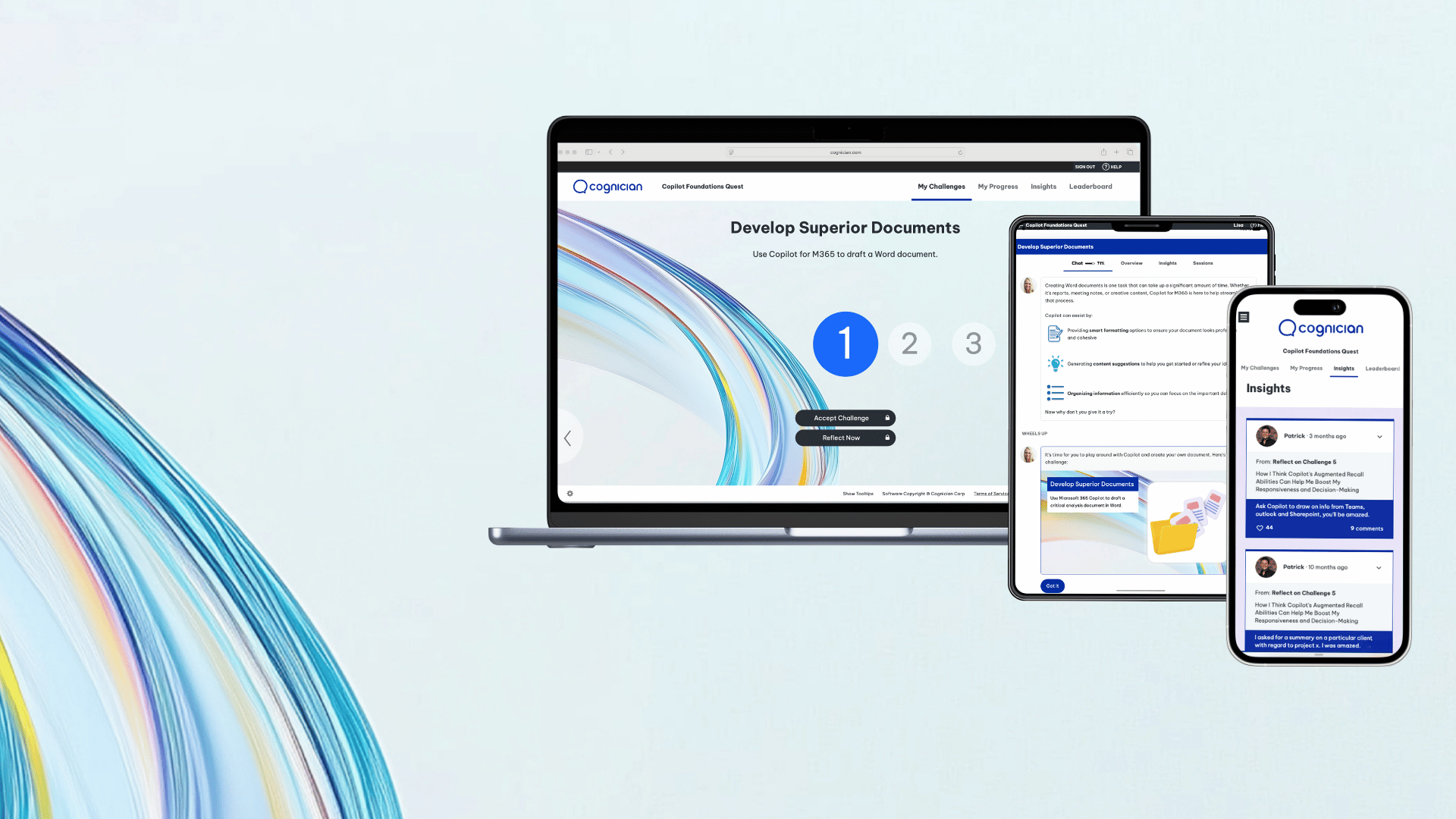We know intuitively that diversity matters. It’s also increasingly clear that it makes sense in purely business terms.
Henkel, a German chemical and consumer goods company, is one of over fifty large European companies in the industrial and technological sector that have signed on to the #EmbraceDifference pledge. This pledge is the first pan-European commitment of its kind, promoting diversity and inclusion in the workplace.
The company currently has a diverse workforce: 85% of employees work outside of Germany, and over half of them are in emerging markets. Around 35% of management positions are filled by women – a number that has consistently increased over the past decade. They are aiming to further increase their diversity through various initiatives and programs. Why? Because they believe that diverse teams stimulate innovation, flexibility, and agility.
This is just one example of why diversity and inclusion (D&I) are critical within organizations. However, having a truly diverse and inclusive workplace requires more than simply having policies and programs in place. Employing a diverse team is an important first step, but fostering inclusivity is the key to developing a productive and engaged team. True D&I means developing a company culture in which all team members have their unique needs and perspectives respected.
"Diversity is the 'what'; inclusion is the 'how'," as ADP's Chief Diversity & Corporate Social Responsibility Officer, Rita Mitjans, explains. "Diversity reflects the makeup of your workforce – whether it's gender, race, religion, ability or sexuality – while inclusion is the day-to-day workplace culture that empowers employees to thrive."
How do diversity and inclusion drive business value?
Promoting D&I is not only a socially responsible initiative but a strategic business decision too. Divergent thinking is the key to innovation – the more perspectives you have available, the more out-of-the-box your collective thinking can be.
McKinsey has been examining diversity in the workplace for several years. In their Diversity Matters report, they examined data sets from 366 public companies across a range of industries in the United States, Canada, the United Kingdom, and Latin America. The results were clear – diversity correlates with better financial performance.
- Companies in the top quartile for racial and ethnic diversity were 35% more likely to have financial returns above their respective national industry medians.
- Companies in the top quartile for gender diversity are 15% more likely to have financial returns above their respective national industry medians (exhibit).
Coupled with the intrinsic value of simply doing the right thing, implementing D&I within a business can help to avoid 'groupthink' and the domination of certain points of view.
Put simply: Diverse thinking leads to innovation. As you've probably experienced within your own brainstorming sessions, the more ideas that are brought to the table, the better. One idea sparks another, and as each person gives their input, innovation can occur.
Some of the other benefits of D&I within an organization include:
- Increased employee engagement – People who feel valued and empowered are more likely to be engaged at work and function at full capacity.
- Easier talent acquisition – According to a Glassdoor survey, 67% of job seekers said a diverse workforce is important when considering job offers. Diversity boosts a company's image and makes it a more desirable place to work.
- Lower staff turnover – When employees feel valued and accepted at work, they are also likely to feel happier and are therefore more likely to stay in the company for longer.
However, it's not only organizations that can benefit from embracing D&I. There are also various upsides at an employee level, including:
- Increased opportunities for personal development – Working in a diverse workplace means being exposed to a wider variety of opinions, ideas, and skill sets. Opening your mind to new ways of thinking helps to develop power skills (or soft skills), curiosity, and adaptability.
- More chances to embrace innovation and creativity – Working with an array of people who have different perspectives creates an environment that encourages innovation and boundary-pushing.
- Having a sense of belonging – An employer who values diversity creates a supportive culture within their organization. This means that employees are encouraged to be their true selves, knowing that they will be accepted. Support at work is important for employee wellbeing and will improve job satisfaction levels. Research from Deloitte found that 72% of employees surveyed would leave their company for a more diverse and inclusive organization.
Although promoting D&I offers clear benefits, it can often be difficult to implement. One of the major issues that most companies face is that they believe they are already promoting a diverse and inclusive culture. However, research from Gartner suggests that only 40% of employees agree that their manager fosters an inclusive environment.
1. Start with education
Building awareness is the first step toward change. One way to build awareness is to encourage your employees and colleagues to review and analyze their own unconscious biases using the Harvard Project Implicit Association Test. Once these unconscious biases become conscious, you can start to address them. If you can help people to make connections between behaviors and real-life situations that resonate with them, you are on the right track to helping them improve.
2. Listen to all the voices in the roomAn inclusive workspace makes room for all of the voices within the room, not just those who speak the loudest. Cultivating workplace D&I requires making a conscious effort to give people a chance to share their thoughts. The COVID-19 era has presented a new opportunity to do this – people can use the Q&A or poll functions in communication technology to share their thoughts (anonymously or not) instead of vocalizing them. Changing the way that you structure meetings can ensure that you hear from everyone; be sure to keep an eye out for any virtually raised hands.
3. Embrace the metrics
Creating a more diverse and inclusive organization means confronting the facts. While you may have policies and processes in place, data and analytics can keep you honest and help to steer you in the right direction. D&I initiatives that are enriched by data can help to enact meaningful change.
4. Develop mentorship programs
Learning is multidimensional. Encouraging people to think, feel, and do something involves the head, heart, and hands, which makes learning and change more effective. Educated team members coupled with a good company culture provide the 'head' and the 'heart', and a mentorship program offers the 'hands'. Pairing an underrepresented employee with a mentor to help them excel in their career drives D&I while benefiting both mentor and mentee.
5. Create ally programs
Achieving a diverse workplace requires more than just policies; it requires people, individually and collectively, to question their assumptions and the organization's policies based on these assumptions. Creating ally programs can offer employees training on how to help colleagues deal with workplace D&I issues, and it can also give underrepresented people the confidence to talk to their colleagues when in need.



.png)

